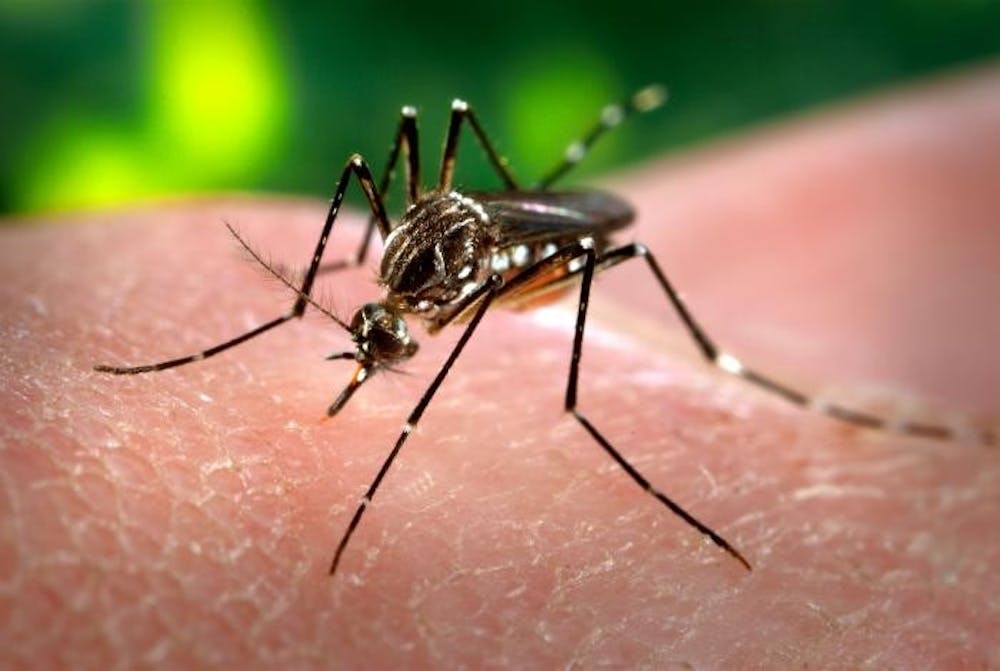The College of William and Mary sent an email to its student body Jan. 30 revealing a student at the school had tested positive for the Zika virus, which the World Health Organization has declared to be a global public health emergency.
“We have learned that one of our students apparently contracted the Zika virus while traveling in Central America over winter break,” a statement from the College of William and Mary said. “Our consultations with our own Health & Wellness team and the Centers for Disease Control (CDC) confirm there is believed to be no health risk to anyone on campus.”
William and Mary Chief Communications Officer Brian Whitson said the notification was sent out to students in order to “ensure members of [the] community had accurate information about the virus and to point them to resources should they have questions.”
The United States has 31 confirmed cases within its borders, all of which were linked to individuals who had recently travelled to countries afflicted by the virus.
Matt Pilani, a public information officer for the Central Region of the Virginia Department of Health, said the department has confirmed one case of Zika in the state, “but nothing beyond that.”
Although it has been declared a global public health emergency, the Zika virus can be quite mild in its symptoms, and only one in five people affected are apt to become ill, according to the William and Mary statement.
However, the virus has been linked to severe birth defects when contracted by pregnant women. These defects include microcephaly — the development of small brains or heads in infants — which has been seen recently at an abnormal rate in countries like Brazil.
William Petri, professor of Medicine and chief of the Division of Infectious Diseases and International Health, described the symptoms of the virus and its typical carriage in a University press release.
“The virus can cause a fever, rash and joint aches and you can also get pink eye. The Zika virus until last year had mostly been seen in parts of Africa and Asia,” Petri said. “What’s new about Zika virus is its appearance in Brazil in May and then the increased number of cases in South and North America.”







